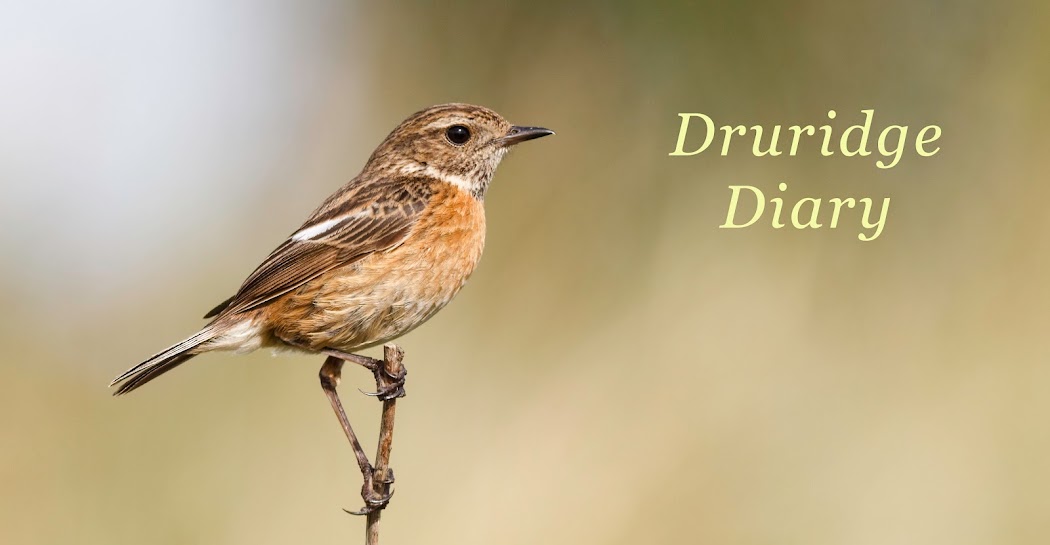 |
| Not the most colourful of species, but clay-coloured thrush is the national bird of Costa Rica |
We had a fantastic time, seeing lots of great birds in brilliant, friendly and very beautiful country. As they would say in Costa Rica - Pura Vida!
Some photo's might appear on Ipin's Birding Trips at some stage..if I ever catch up.
Back to reality today though, back on the patch, hoping for one more addition to he patch year-list. I tramped around the whole patch and of note were;
a small flock of goldcrest in the bushes (good winter record)
a dog otter, showing really well on the big pool
a woodcock in the plantation
and, a pair of pintail on the Budge fields
So nothing new added to the year list leaving me on 171 species, the same total as last year. As ever, some species that I would have expected were missed, notably:
garden warbler
merlin
scaup
cuckoo
grey plover
I did see five new species in 2014, which is way more than I would have predicted:
Egyptian goose in April
Woodchat Shrike in May
Stilt Sandpiper in August
 |
| Stilt Sandpiper - Image (c) Ian Fisher |
Fea's Petrel in September
These 2014 additions take my patch list to a respectable 236 species.
I've enjoyed the Patchwork Challenge again this year, a good bit of harmless fun.
So all in all, a very good year on the patch. I would love to see another five new species in 2015...surely a red kite at least?
I wish all of my readers a very happy, prosperous and bird-filled 2015!
Happy New Year!























































